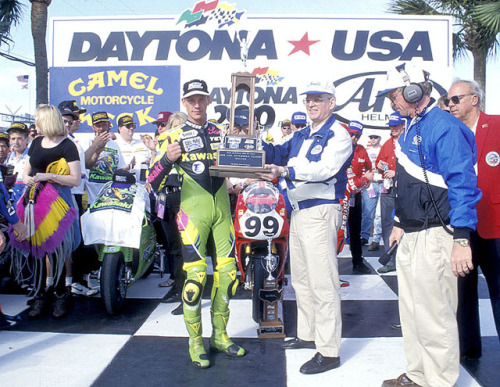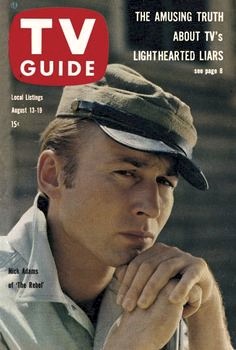Robert M. "The Wheel Man" Keating sues the Harley-Davidson Motor Company for patent infringement.
Robert M. Keating originally started the Keating Wheel Company in Westfield, Massachusetts on September 10,1890, needing more space the company relocated to Middletown, Connecticut on May 23,1896. They produced some of the lightest, strongest and fastest bicycles made in the United States, along with introducing the innovative and unique Keating curved center brace design, celebrated by the tag line, "See That Curve" on all its advertising.
The Keating Wheel Company began manufacturing motor carriages, powered by electric batteries, for use as delivery vehicles in 1898. The following year the company changed its name to the Keating Wheel and Automobile Company and its first production model motorized delivery wagon was presented to the public on November 10, 1899. The giant Siegel-Cooper department store in New York City made the first purchase. Over the next several years some of the finest bicycles ever to be manufactured in the United States were rolled out of the factory's loading docks and shipped worldwide. By the turn of the century, the Middletown factory was also producing both electric and gasoline powered vehicles.
In June and July of 1900, Keating filed a series of patents for a motorized bicycle and by November the first Keating motor-bicycle was tested on the company grounds using Keating's patented designs - patents that would become the industry standard for motorcycle production in America. In 1901, Oscar Hedstrom, under contract with the Hendee Manufacturing Company, leased space at the largely abandoned Worcester Bicycle Manufacturing Company, also in Middletown, to develop a motor-bicycle of his own. The Keating Wheel Company released their motor-bicycle onto the market in March of 1901. Hedstrom didn't complete his prototype, which would become the iconic Indian "Motocycle," until the end of May.
The Keating Wheel Company began manufacturing motor carriages, powered by electric batteries, for use as delivery vehicles in 1898. The following year the company changed its name to the Keating Wheel and Automobile Company and its first production model motorized delivery wagon was presented to the public on November 10, 1899. The giant Siegel-Cooper department store in New York City made the first purchase. Over the next several years some of the finest bicycles ever to be manufactured in the United States were rolled out of the factory's loading docks and shipped worldwide. By the turn of the century, the Middletown factory was also producing both electric and gasoline powered vehicles.
In June and July of 1900, Keating filed a series of patents for a motorized bicycle and by November the first Keating motor-bicycle was tested on the company grounds using Keating's patented designs - patents that would become the industry standard for motorcycle production in America. In 1901, Oscar Hedstrom, under contract with the Hendee Manufacturing Company, leased space at the largely abandoned Worcester Bicycle Manufacturing Company, also in Middletown, to develop a motor-bicycle of his own. The Keating Wheel Company released their motor-bicycle onto the market in March of 1901. Hedstrom didn't complete his prototype, which would become the iconic Indian "Motocycle," until the end of May.
Unfortunately, the Keating Wheel and Automobile Company ran into serious financial difficulties and went into receivership just as the Keating motor-bicycle was put on the market. On June 15, 1901, the Keating factory was sold to the Eisenhuth Horseless Vehicle Company. Over the next year they continued to build and sell the Keating motor-bicycle until it was abandoned to make way for production of the Eisenhuth automobile. Keating continued to develop engines for motorized bicycles and marine use in Middletown under the name Keating Motor Company until going into bankruptcy in August of 1906. The Eisenhuth Horseless Vehicle Company went belly-up five months later.
On August 26, 1914, Keating sued the Hendee Manufacturing Company for patent infringement in their design of the Indian Motocycle, traditionally considered the first American motorcycle. On October 30, 1917, Keating sued the Harley-Davidson Motor Company for patent infringement. Keating won both suits. The Keating motor bicycle that was running around the Middletown factory in November of 1900 is the first original, commercially marketed motorcycle (that is, with the motor incorporated within the frame; not simply attached to) in the United States.
At the time of his death at 59, Keating held 49 patents--everything from bicycle and motorcycle designs to armchairs, swiveling bar/diner stools, modern flushing devices for toilets and the patent for the rubber home plate used in baseball (seriously, he invented it, before that it was wood or metal).
Today in motorcycle history proudly supports the National Association for Bikers with a Disability (NABD). www.nabd.org.uk














